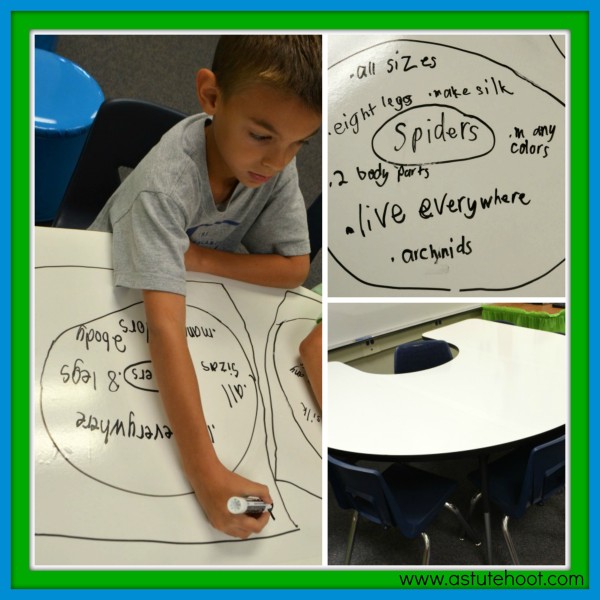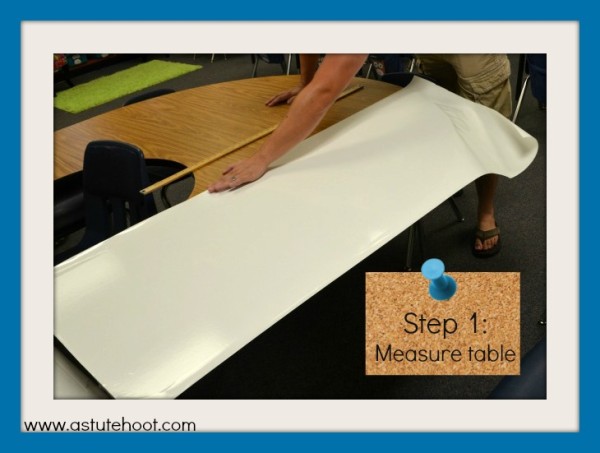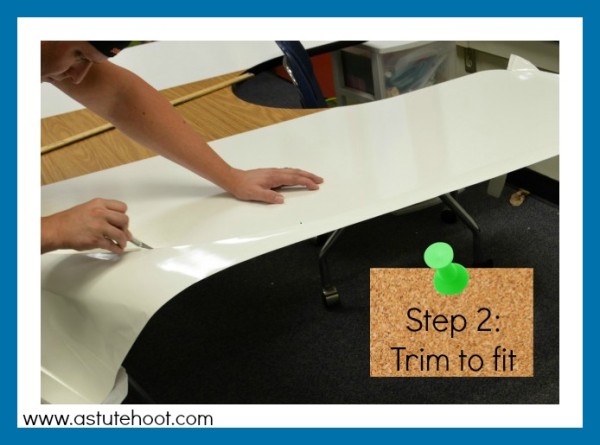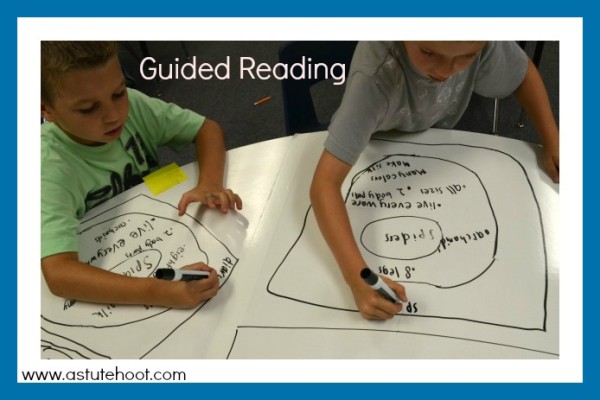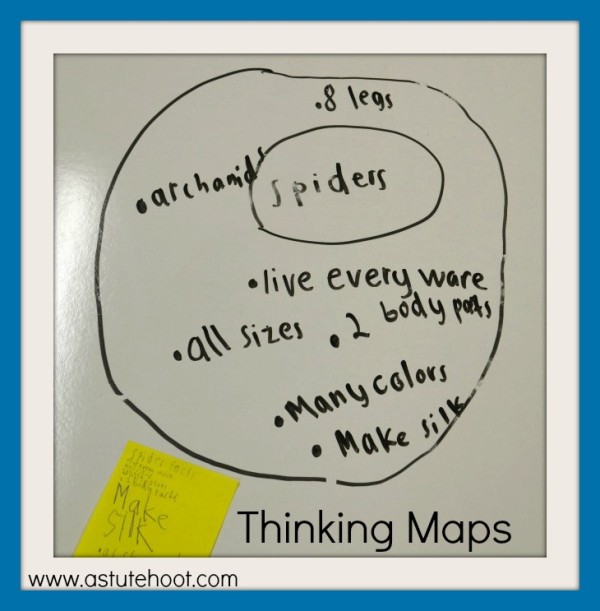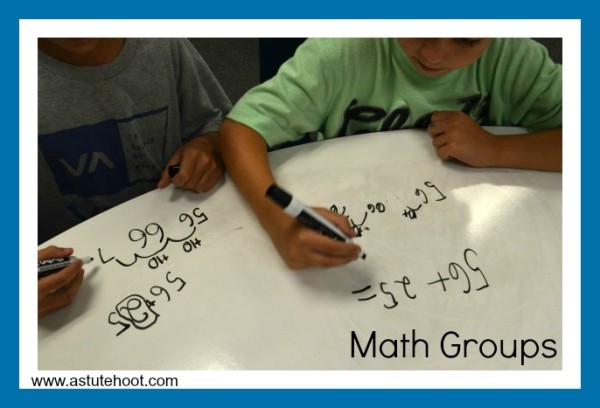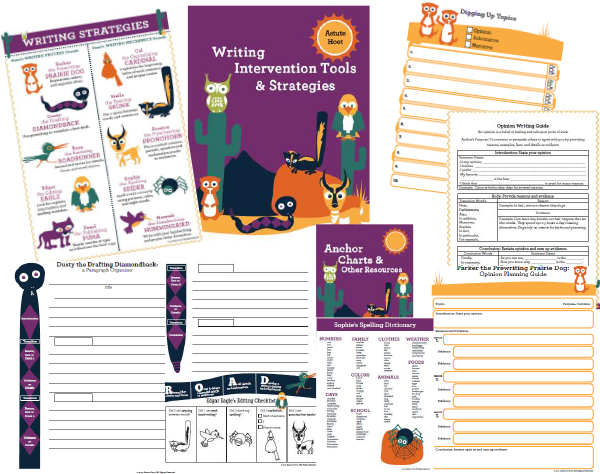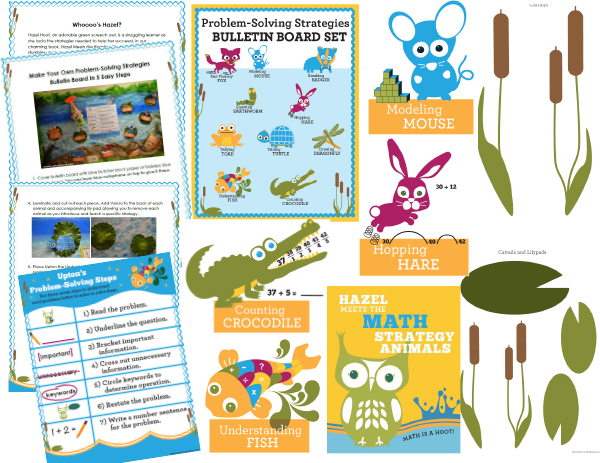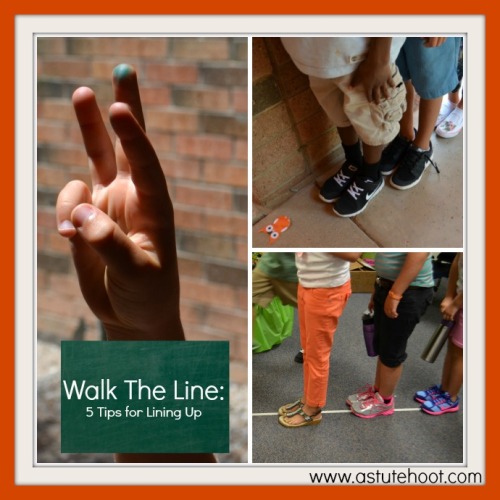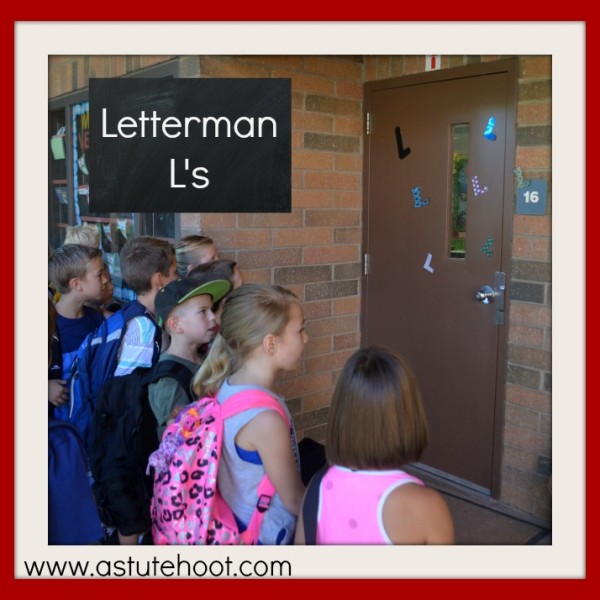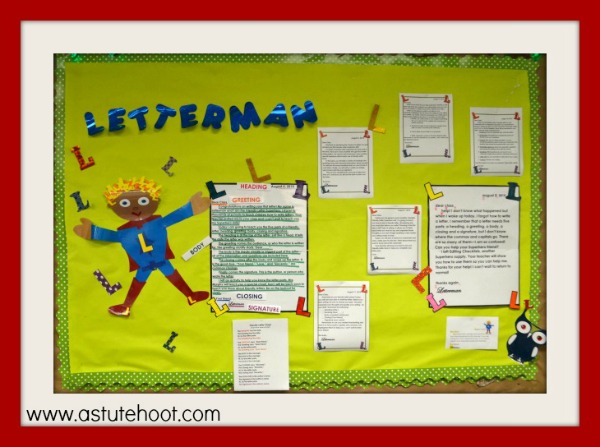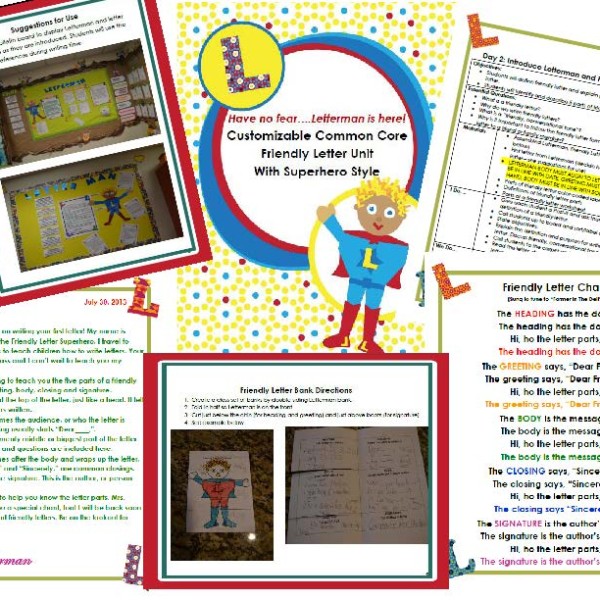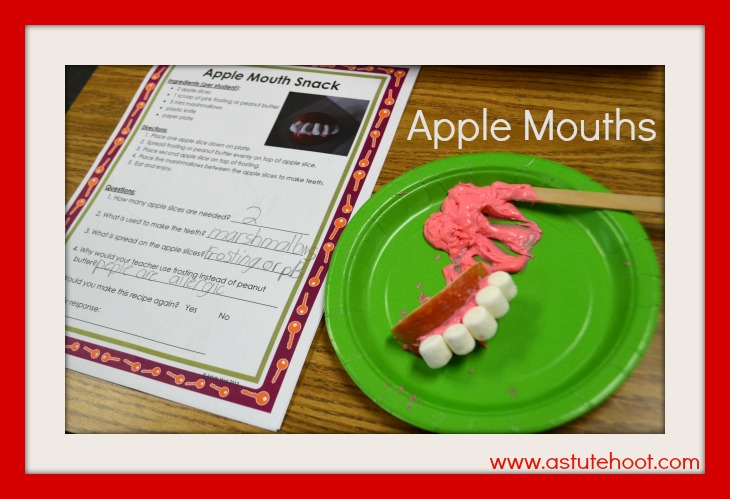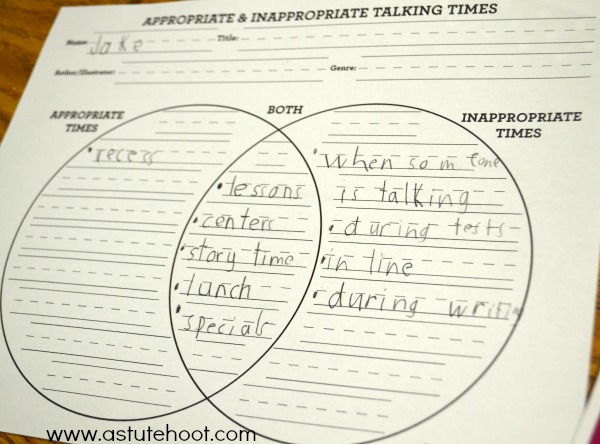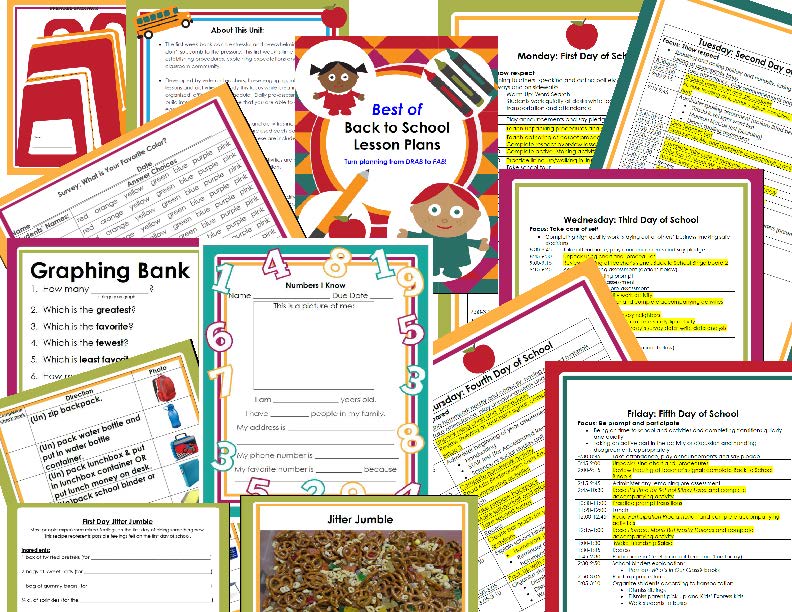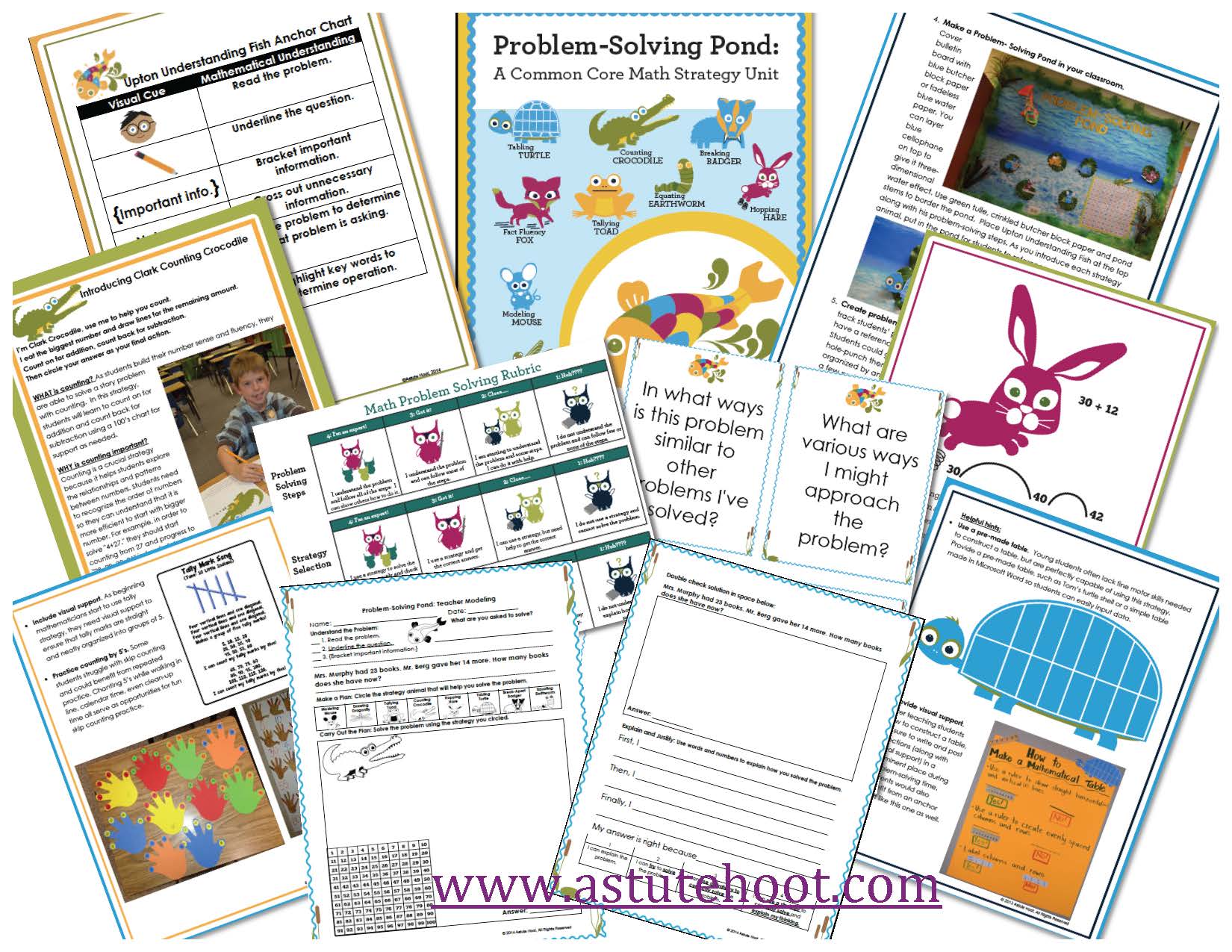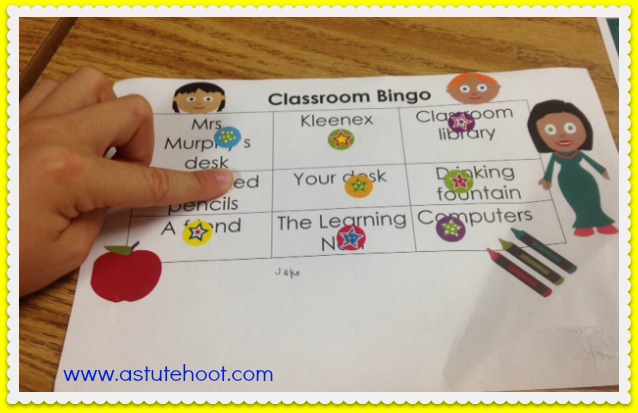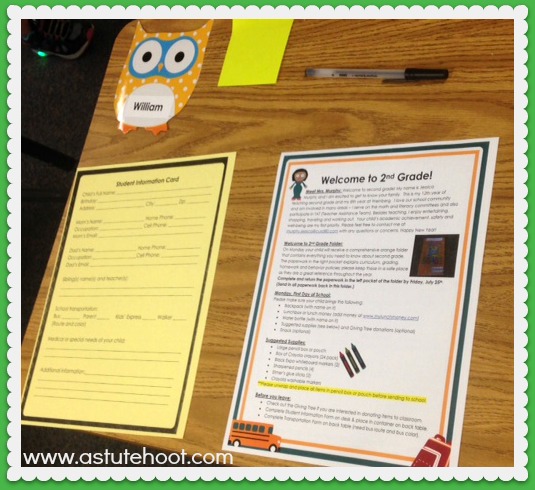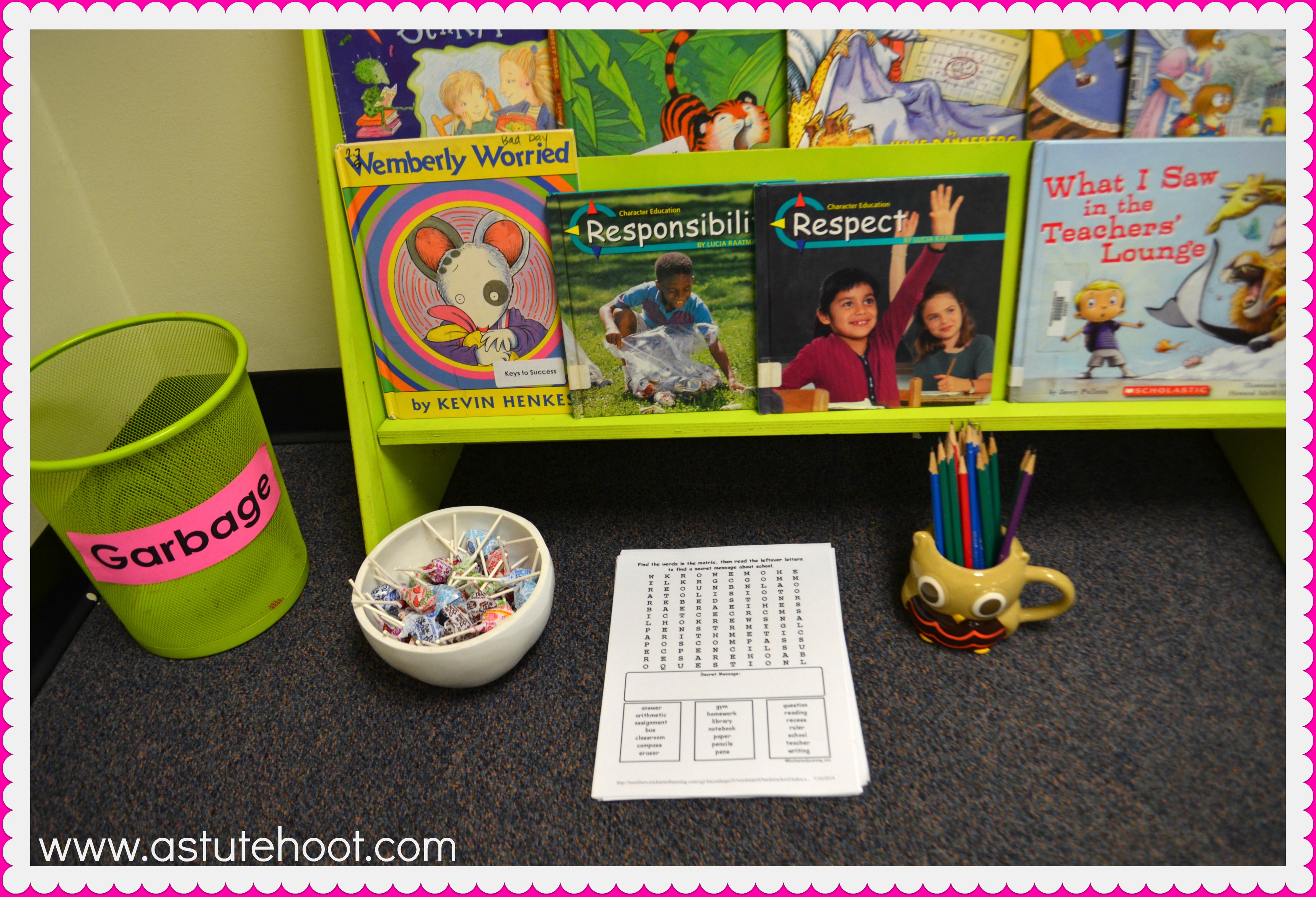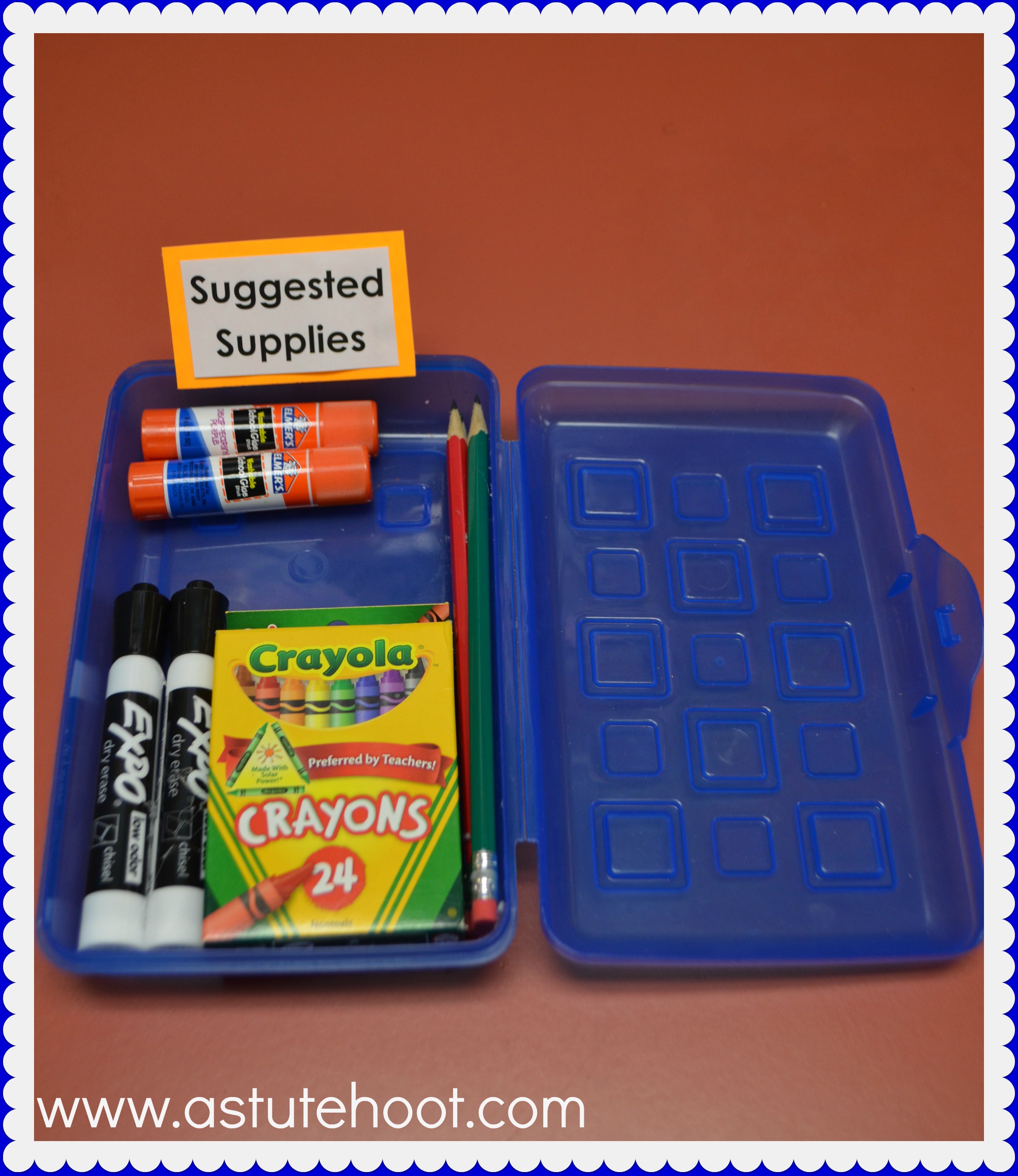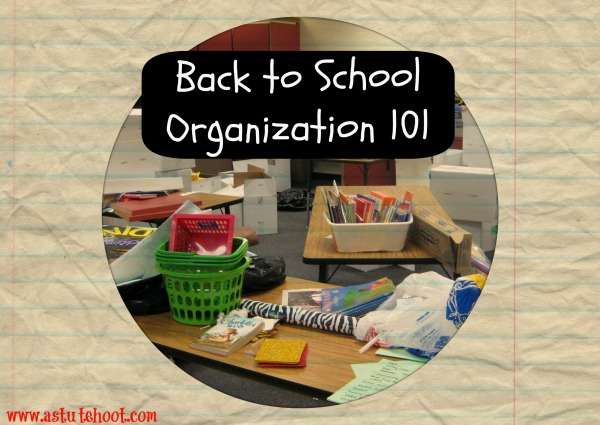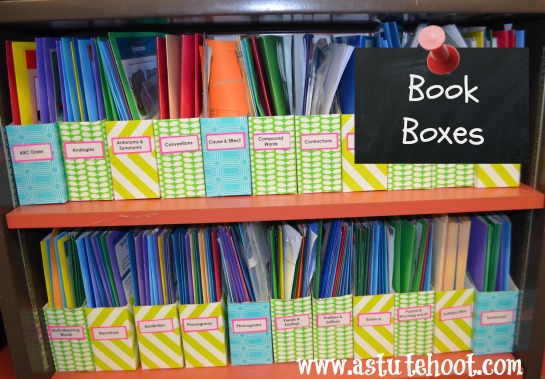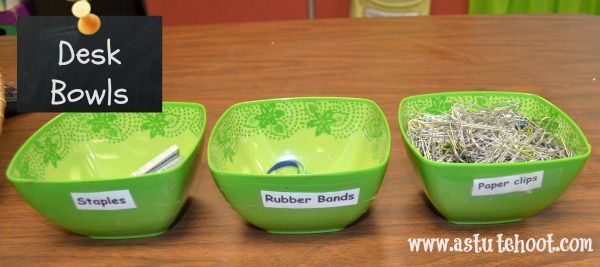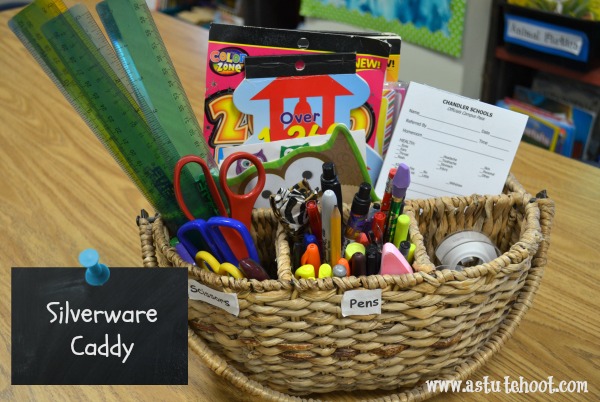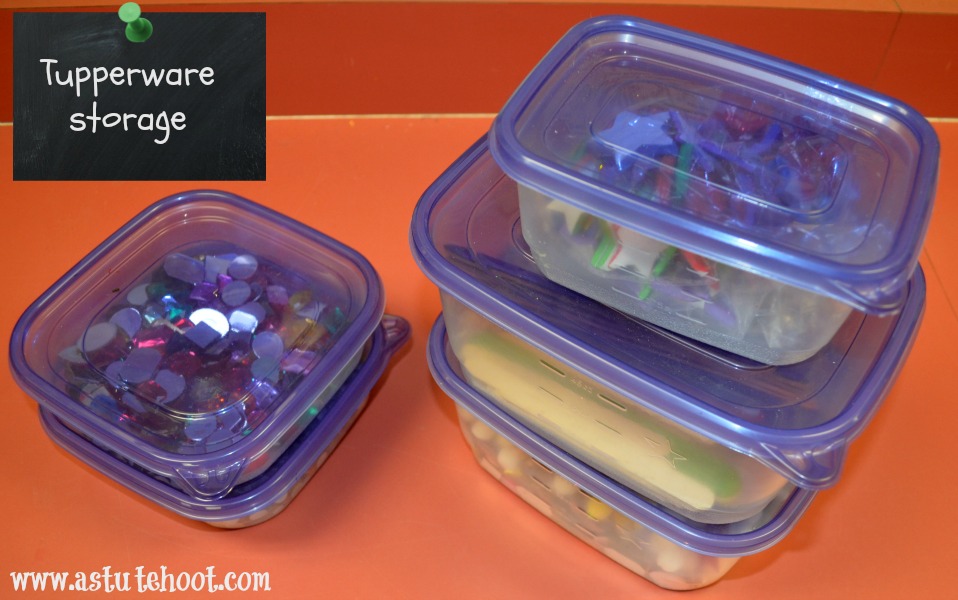Do you have difficulty getting your class to line up quickly and quietly? Does your line seem to go on forever? Like most teachers, I have experienced the frustrations of lining up and walking in line. Follow these five easy steps to put an end to the talkers, the stragglers and the wanders once and for all.
1. Establish line procedures: Explain and model expectations. Students will face forward with arms at side and closed, quiet mouths. As students walk in line, they stay close to person in front of them and use gentle, walking feet.

Scaffold the steps by using these sentences:
“When I say one, please stand up and push in your chairs.”
“When I say two, please turn and face the door.”
“When I say three, please follow your line leader to the place to lineup.”
When students are very familiar with these steps, simply call the number or use a nonverbal cue by holding your fingers. You should expect this process to take two-three weeks and constant reinforcement.
2. Use tape to model line formation: To design effective transitions in your classroom, start by mapping the route. There is one right way to line up, one path each student follows on the way to the reading area, door and other areas. Teach students to follow the same path every time. First model this path and then students practice it under your watchful eye, several times per day. You can even tape each path using a different color of masking tape so students know the exact route to get to designated area. Once students have mastered these routes, remove masking tape so it doesn’t leave a permanent mark on the carpet.
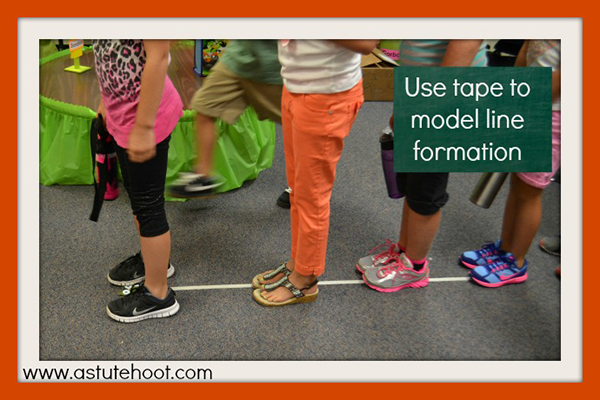
3. Label stopping points: Map the route to important places around the campus. Take the same routes to specials, cafeteria, playground and bathrooms, labeling stopping points along the way. Stopping points allow the students in back to keep up with the line (no more stragglers) and help wanders remember the designated routes to specific destinations. I tape small owl decals to the sidewalk at class stopping points; these serve as a good visual cue to remember these important points. Remove decals after stopping becomes automatic.
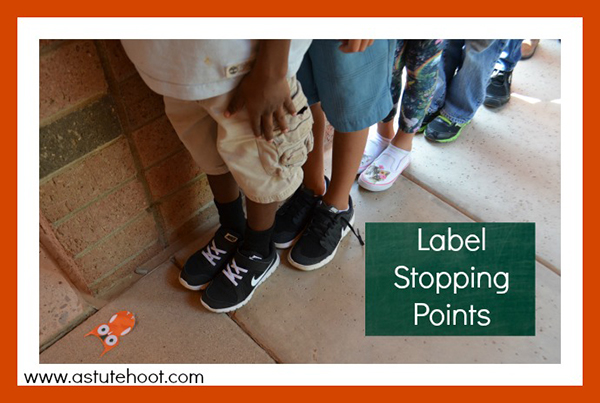
4. Provide visual cues: Create a visual cue to remind students to stay (or get) quiet in line. We are Weinberg Wranglers at my school and students all use a ‘Wrangler W’ to signal quiet time. Visual cues don’t add any additional noise and give students feedback.

5. Reward and reinforce: Add some fun to the line by setting a daily goal. For example, set a stopwatch and time students as they line up in ABC order. Encourage students to beat the previous time. Be sure to provide modeling, praise and constructive feedback as needed.
I also use the Mystery Walker poem and select one Mystery Walker for each line. This student gets a ticket to Treasure Box drawing at the end of the week. You can also give students Mystery Walker paper bracelets or a hat as a reward. If all students are doing a great job, give them a Quiet Line Loop. Attach loops together to make a class chain. Determine how long the chain needs to before the class earns a reward. If the class earns a compliment in line, add an additional loop to the chain.
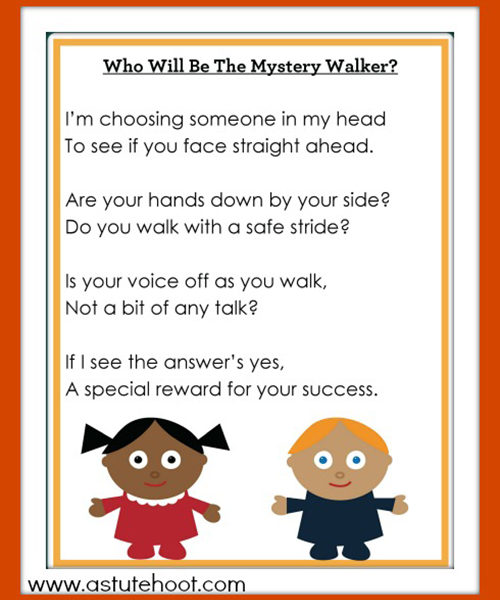
Download our Back to School Toolbox: Routines, Procedures & Transitions unit for additional tips and activities for teaching effective transitions and routines.


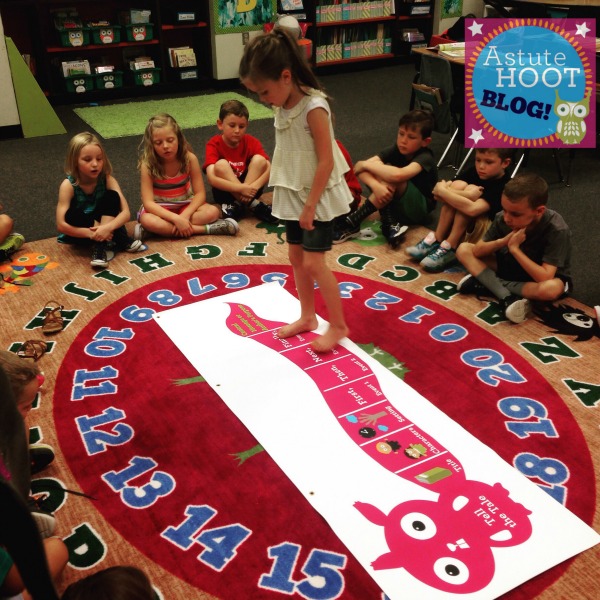

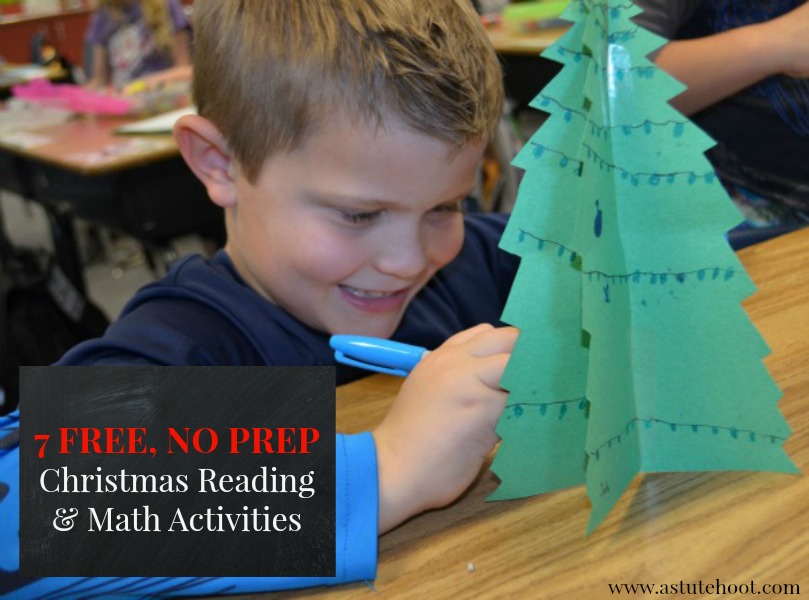



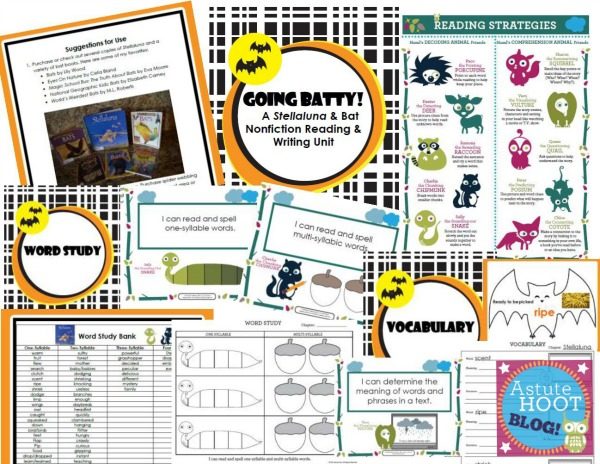
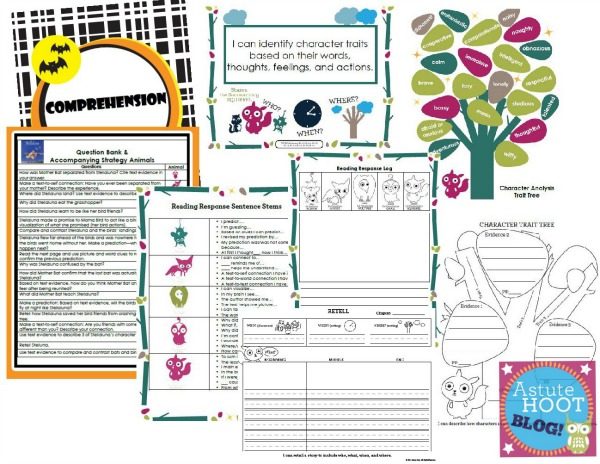
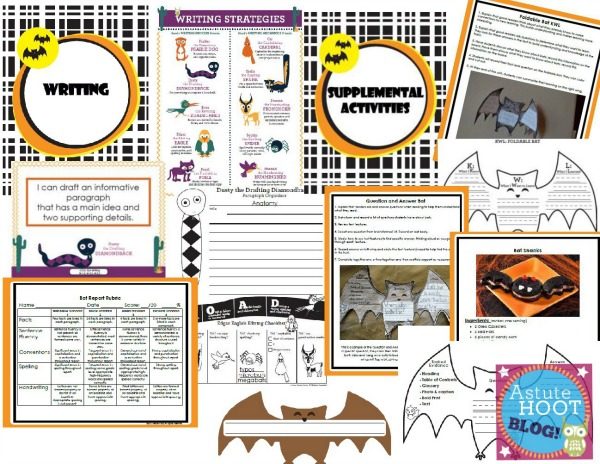

 I added magnets to these 3-D bats, Beware, and Stay Out signs, all inexpensive treasures from Target’s Dollar section. I also found this adorable bat doormat at Target.
I added magnets to these 3-D bats, Beware, and Stay Out signs, all inexpensive treasures from Target’s Dollar section. I also found this adorable bat doormat at Target.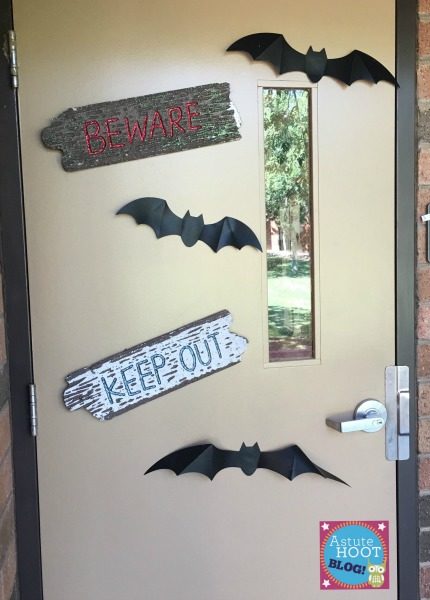
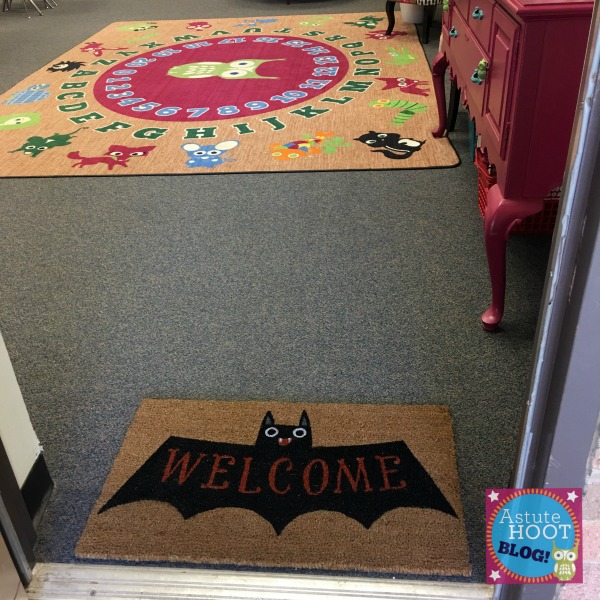


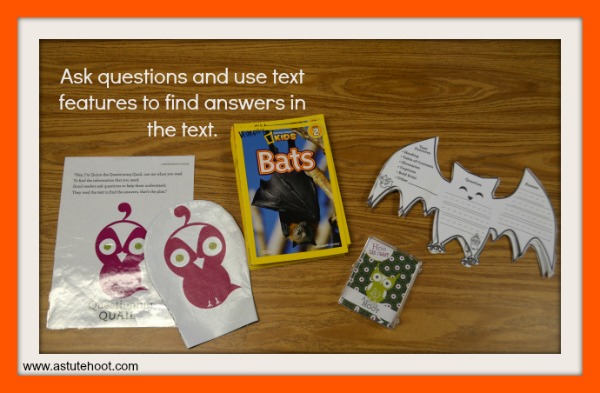
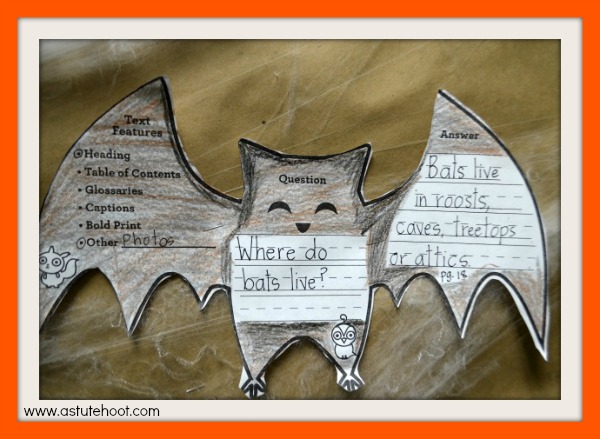





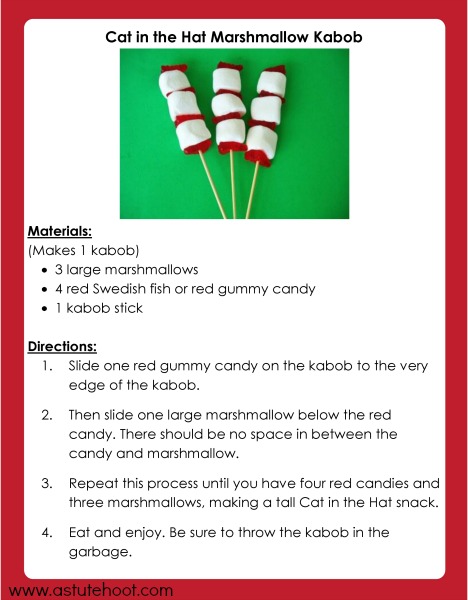

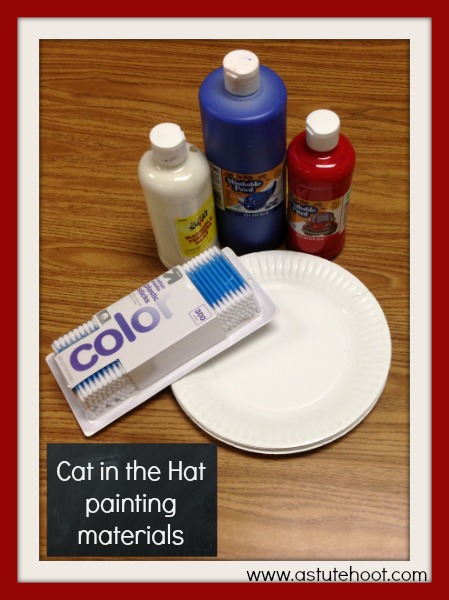
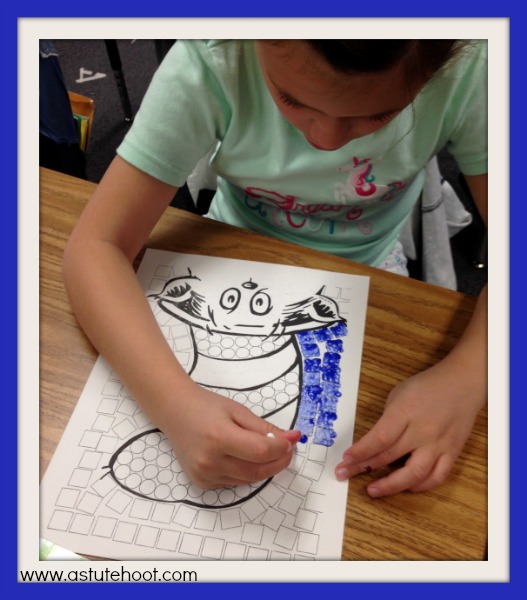
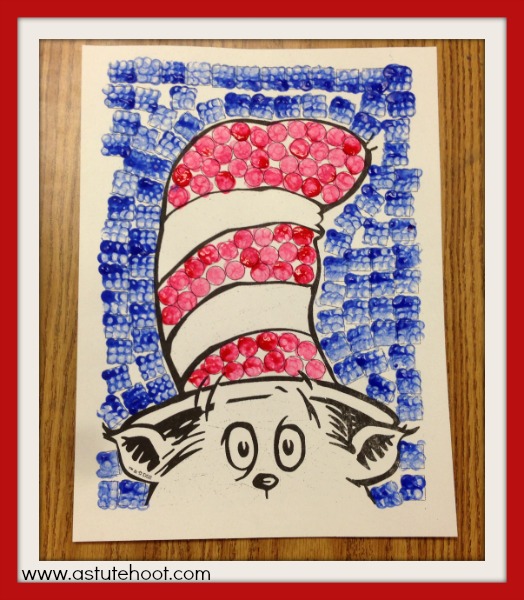
 Check out tomorrow’s Read Across America blog where I will show you how to use Dr. Seuss supplies (from Target’s Dollar Section) to teach character trait analysis and central message.
Check out tomorrow’s Read Across America blog where I will show you how to use Dr. Seuss supplies (from Target’s Dollar Section) to teach character trait analysis and central message.








